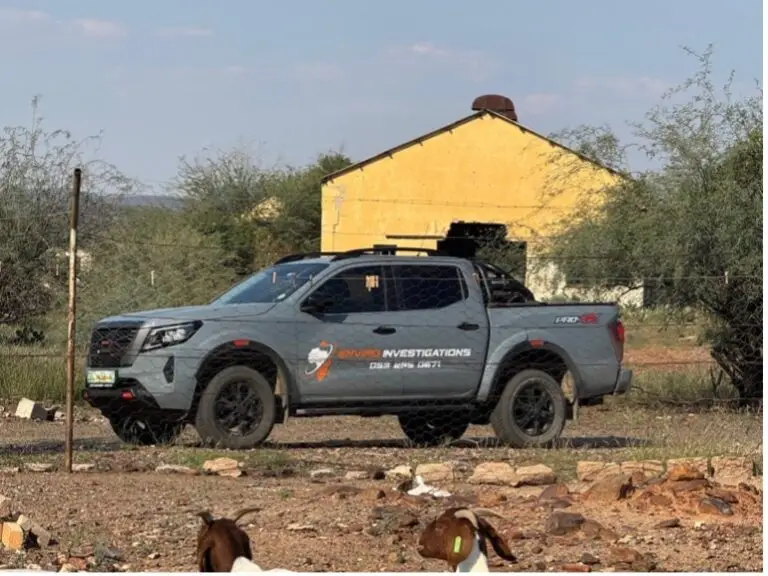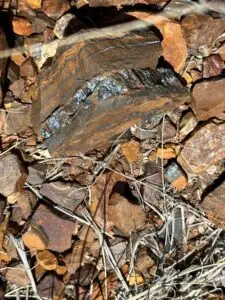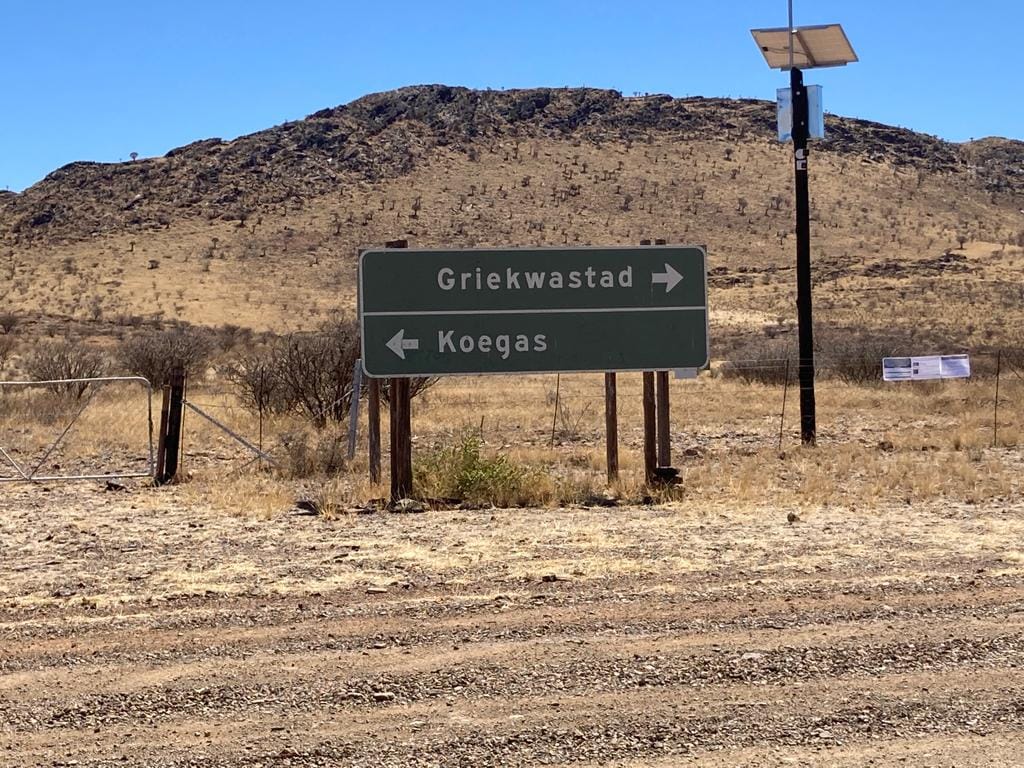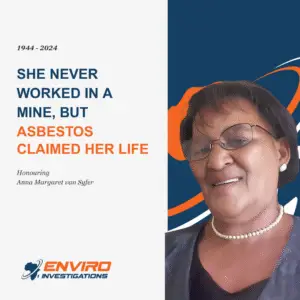Across the quiet, sun-bleached towns of South Africa’s Northern Cape, the remnants of a once-thriving asbestos industry still scar the land—and the lives of those left behind. From Prieska to Koegas, Penge to Pomfret, entire communities live with the toxic inheritance of a global industry that extracted wealth from South African soil and exported death around the world.

At the centre of this story is chrysotile and crocidolite—blue and white asbestos—mined in vast quantities throughout the 20th century in South Africa and shipped abroad. The United Kingdom, which now has one of the highest incidence rates of mesothelioma globally, was one of the largest recipients of South African asbestos. It was used extensively in shipbuilding, insulation, and construction, with little to no regard for the workers who handled it—or the communities it came from.
Today, the legacy of this trade is brutally evident in the Northern Cape. Villages and communities are exposed to asbestos waste remains unrehabilitated. Children still play near unrehabilitated mines and on land that previously housed asbestos mills. Entire families have lost generations to respiratory illnesses misdiagnosed for years as tuberculosis or HIV. Despite the closure of the mines decades ago, the diseases continue—and so does the silence.
How It All Started
The Glynnis Gale Foundation (GGF) and Enviro Investigations were founded in 2019 in memory of Glynnis de Klerk, who tragically passed away from mesothelioma after unknowingly being exposed to asbestos through talc in her preferred brand of cosmetics. Glynnis had never worked in mining or heavy industry—her case revealed just how far-reaching and hidden the dangers of asbestos truly are. Refusing to let her story be buried, her daughter Tracey Wood and son-in-law, Paul Wood, founded GGF and Enviro Investigations to expose the truth and ensure others would not suffer in silence.
What began as a personal quest for answers has since grown into a broader movement—focused on raising awareness, support for affected families, advocating for access to diagnosis and treatment, and fighting for justice from those that profited from this toxic trade.

From South African Mines in Search of International Justice
“In Prieska, it’s widely accepted—if you live here long enough, you get the ‘Prieska sickness,’” shared one family member whose husband, cousin, and many friends and neighbours have died of mesothelioma. This chilling local truth underscores the deep connection between South African asbestos mines and the global use of asbestos for over 100 years.
Historical records reveal that over 80% of asbestos used in the UK—and indeed across Europe—originated from Southern Africa, particularly the Northern Cape and Limpopo regions. Global companies, including those that were headquartered in the UK, Switzerland, and Belgium, profited enormously from this deadly trade. But when the devastating health consequences became undeniable, many retreated—rewriting histories, concealing evidence, and avoiding accountability.
A legal case in the early 2000s proved that international courts could be used to hold those responsible to account, offering a glimmer of hope to South African miners and their families. Yet, despite these legal breakthroughs, many have never received the compensation they were promised. The original settlement schemes failed to reach all those affected, and countless individuals passed away without ever seeing justice.
Today, we’re working to build on this —helping families not only secure financial compensation but also navigate the complex challenges they face. Many rely on meagre pensions and state grants of less than £100 per month, living with the trauma and poverty left by these preventable illnesses. Despite these efforts, our work is sustained by very limited resources. GGF and Enviro Investigations are largely self-funded, driven by a small group of committed individuals. We do this because, even today, few people—especially in the UK—recognise the direct link between British and European asbestos use and the suffering of South African communities. The connection remains invisible to many, even though the materials that devastated communities abroad were dug from South African soil.
Communities Still Living in Contaminated Silence
What’s most shocking is that the problem isn’t historical—it’s ongoing.
Mine dumps remain open. In places like Koegas and Prieska, communities still breathe the asbestos dust from old mining and mill sites, carried by the wind into homes, clinics, and schools. Many households have never heard of mesothelioma. Deaths are still routinely attributed to TB, or masked by HIV with little thought given to the contaminant around them—asbestos, and the years of living with it.
South Africa’s ailing public health system, particularly in rural areas, is under-resourced and overstretched. Clinics rarely consider asbestos-related disease in their diagnoses, with international funding and public health efforts focused almost exclusively on HIV and TB. The cost of a biopsy, CT scan, or even a chest X-ray is out of reach for most. As a result, the full scale of South Africa’s mesothelioma crisis remains undocumented hidden under decades of denial and abandonment.


GGF and Enviro Investigations conduct regular community outreach visits and family interviews. We work with clinics and health professionals to provide asbestos awareness and diagnostic support. We continue to advocate for proper rehabilitation of contaminated sites—because without it, this cycle of illness and loss will only continue.




